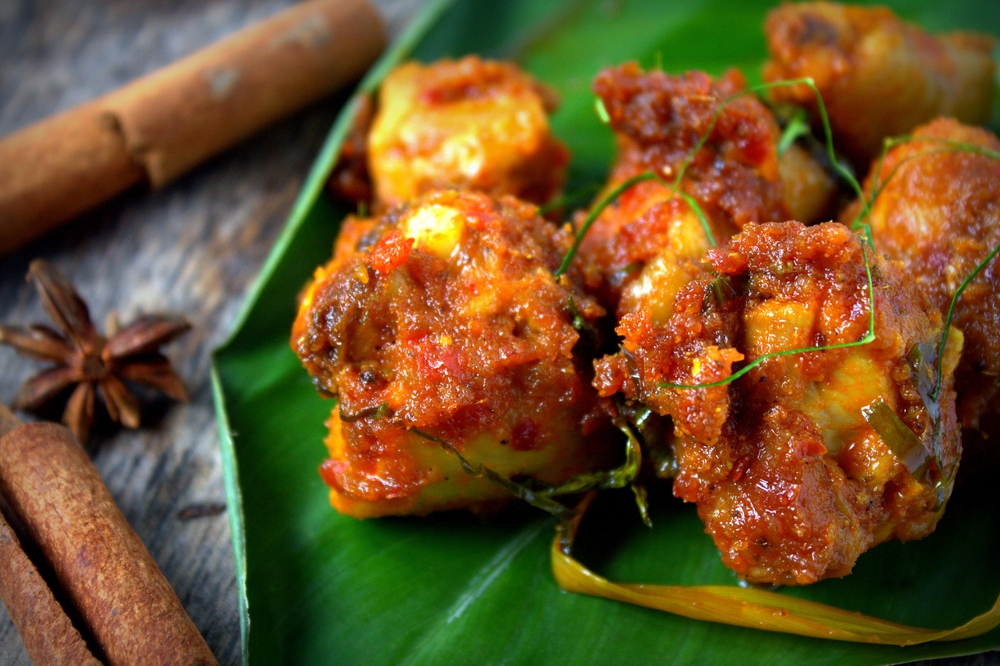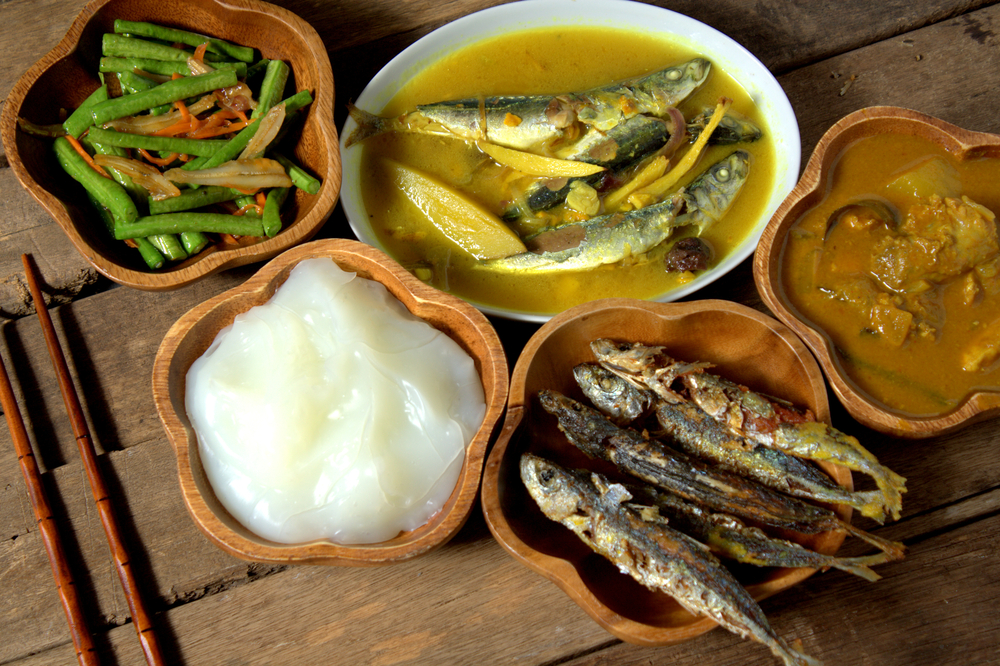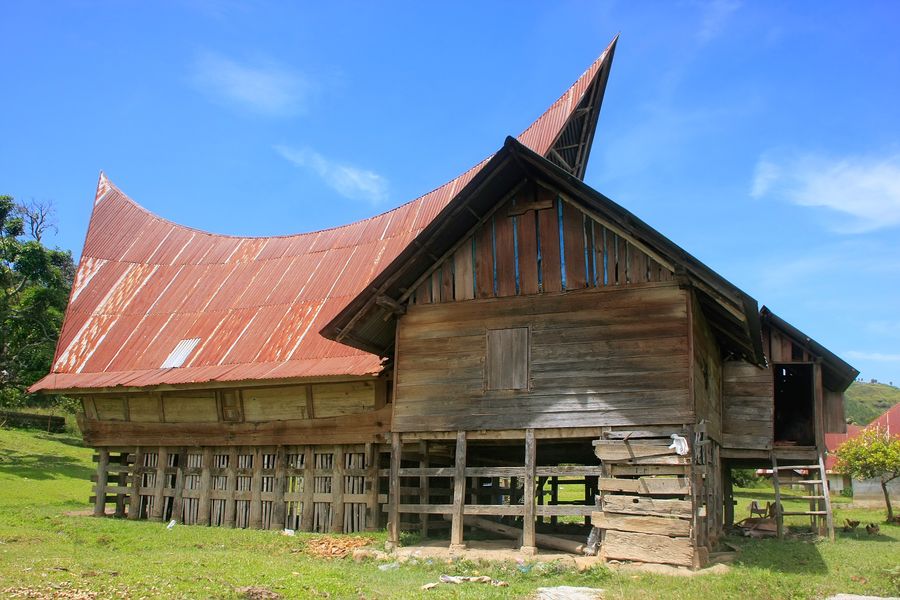Indonesia - museum
Over 243 museums in Indonesia were built with different purposes according to social, political and cultural contexts of each area and the founders. Yogyakarta, for instance, is where a fight for independence from the Dutch occurred, so the museum was built to honor and remember that incident. However, most museums in Sumatra exhibit cultural heritages such as textiles and folk inventions. (wikipedia, 2558)
During the 18th century, the science in Europe was greatly developed; therefore, many scientist associations were established. The Dutch founded ‘Dutch Society of the Sciences’ at Haarlem in 1752. Later on 24th April 1778 Arts and Science Association of Batavia was established on Indonesian Archipelago where it was a source of inspiration for Indonesia to build its own National Museum of Indonesia.
J.M.C Redermacher, one of the founders, devoted his house in Kalibesar to be a warehouse storing artifacts and books. The place was a great foundation for the museums and libraries in Indonesia in later time. When the Kalibeasr house was too heavily loaded with artifacts, Sir Thomas Stamford Raffles, the representative of the Dutch colonial administrator, decided to build another place with a museum-like purpose called ‘Literary Society’ located on 3rd Majapahit Street. As the artifacts exceeded the space again, Arts and Science Association of Batavia by the Dutch government built another museum on Merdeka Barat Street in 1862 and was officially opened in 1868. The Indonesian people call it ‘Museum Gajah’ which means the elephant museum or the elephant building because the elephant sculptures were standing in front of the building. These were gifts granted by King Rama V when he visited Java in 1871. (National Museum of Indonesia, 2013)
National Museum of Indonesia located on Merdeka Barat Street was first opened to public in 1868 by Arts and Science Association of Batavia, the first intellectual organization in Asia founded during the Dutch rule in 1778. The museum features antiques, books and artifacts related to cultures of ethnic groups collected by the Dutch colonizers during the 19th century to early 20th century. The artifacts displayed there such as Hindu-Java stone sculptures, pre-historic bronze containers and Chinese porcelains are all interesting. (ศิริพร โตกทองคา, ผู้แปล, 2549:127)
The museums in Indonesia are not only exhibition or memory-sharing spaces but also reflect embodiments of each ethnic group being able to bring their own histories and stories regarding the ethnic groups to the public.
According to a journal “Museums as a symbol of the nation: the forming of oversea Chinese groups in Indonesia after Suharto era”, it suggests that an attempt of the oversea Chinese to build a museum called Taman Budaya Tionghoa Indonesia reflected oversea Chinese history and their embodiment in Indonesian society. The Chinese always fall victims to violence by the state and their compatriot due to economic conditions the Chinese have had better than the natives. Therefore, the museum built is not only a place displaying artifacts or telling history, but also an important element reaffirming the solid embodiment and gaining acceptance from the fellow-countrymen. (Kyoto Review of Southeast Asia , 2559)
Bibliography
ศิริพร โตกทองคำ, ผู้แปล. (2549). อินโดนีเซีย. กรุงเทพมหานคร: สำนักพิมพ์หน้าต่างสู่โลกกว้าง.
Kyoto Review of Southeast Asia . (2016). พิพิธภัณฑ์ในฐานะสัญลักษณ์แห่งชนชาติ การสร้างกลุ่มสังคมชุมชนชาว
จีนโพ้นทะเลในอินโดนีเซีย. เรียกใช้เมื่อ 31 March 2016 จาก Kyoto Review of Southeast Asia: http://goo.gl/lNZjKT
National Museum of Indonesia. (2013). เรียกใช้เมื่อ 4 April 2016 จาก Virtual Collection of Asian Masterpieces: http://masterpieces.asemus.museum/museum/detail.nhn?museumId=1067
wikipedia. (9 March 2015). List of museums and cultural institutions in Indonesia. เรียกใช้เมื่อ 31 March 2016 จาก Wikipedia The Free Encyclopedia : https://en.wikipedia.org/wiki/List_of_museums_and_cultural_institutions_in_Indonesia





